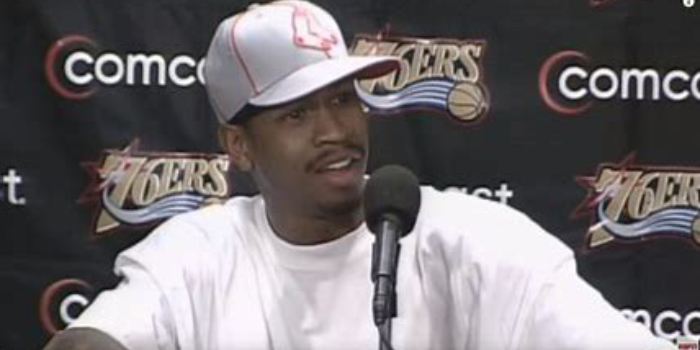
DISC is an incredibly popular assessment tool for a reason; it’s easy to understand, reveals the basics of behavior, and, once you know what to look for, becomes observable in people around you. It’s commonly used in the interview process, but I’ve found in my experience as a trainer for the last seventeen years that DISC is underutilized by interviewers.
Let DISC work for you in the interview process! Here are three things that I make sure to do while interviewing and how they relate to DISC.
Watch Body Language
Body language is a crucial clue for interviewers. Your candidates are communicating in an entire extra dimension; pay attention and gather all possible information in the interview. Even if you’re conducting a virtual interview, you can still pick up on gestures, posture, cadence, and tone of voice.
Interviewers need to be able to adapt and read body language to build trust in the process. Remember, the candidate’s experience with your company begins at the first interview! Going into that process is incredibly stressful; when I see rigid body language or any stiffness, I ask personal questions to help the candidate ease into a conversation.
Asking about pets, hobbies, or any kind of icebreaker like that will help you build rapport and get to actually know who you’re talking to. You can find points of conversation in their resume or on their LinkedIn profile as well; maybe you went to the same school or they are a member of a professional organization you know of. Recently, I actually saw that the individual had a cello sitting in the background, and asked if she played. This kind of connection goes a long way in helping interviewees relax.

I also use body language to learn about a candidate’s behavioral style. If you’re in person and someone enters a room and immediately scans their new environment for details, I can assume they’re a high C (because that’s what I do myself upon entering a new space!)
Even just watching how someone sits down can reveal their behavioral style; a Direct person will use bold gestures and lead themselves through the space. Outgoing communicators often speak quickly and use lots of hand gestures and a higher-pitched tone of voice, while Steady people will be relaxed and open, likely sitting back in their chairs. These cues will help you determine how exactly to interact with the candidates to create the best experience for everyone.
Lean Into a Higher S
Speaking of Steady communicators, leaning into a higher S as an interviewer will help your candidate open up. Interviewers need to work to be thoughtful and considerate, and Steady people are welcoming and good listeners. Your job as an interviewer is to let your candidates shine and to draw out the best in them— let your S do the talking.
Right now, we’re in a worker-favored labor market. Hubspot shared that 69% of employees say they would work harder if they felt their efforts were being better recognized, and 78% said being recognized for their work motivates them. Many companies are facing staffing shortages; now, more than ever, workers can be very discerning about who they work for. As the interviewer, you need to begin to cultivate trust between you and job candidates to build a positive foundation.
React to Candidates Genuinely

If you’re interviewing all day, it can be tempting to slip into a repetitive pattern. Becoming rote in your reactions might make the day go faster but it’s not going to help you find your dream candidate— you’re going to lose value if you don’t put in a genuine effort in each interview.
The good news is that relying on DISC can help you understand your interviewees and make the right choice in the candidate selection process.
What I normally do is start by embracing a high S behavioral style and then I pick up the tendencies of the other person to help them open up, using the other cues I’ve talked about. You need to be constantly observing your candidate and picking up on all cues available to you— if you mirror their natural behavior, their true personality will get a chance to shine.
If the interviewee is having a hard time easing into things, I look for what we have in common and I highlight those behaviors and similarities. If I have their DISC chart during this portion of the interview process, I point out the behaviors we have in common. That can sound something like this: “I see you scored high in Compliance— I’m the same way! I need processes and rules to rely on to really engage in work. Can you tell me about a time you created a process and the effect it had?”
You can also use the DISC report to pull specific questions during the interview. For example, you can ask, “How would you prefer to handle pace and consistency in this role?” to learn about their Steadiness score. If their answer matches with their DISC, this is also a good indicator of their self-awareness.
Let DISC Work For You
DISC is versatile; let it work for you in the interview process! Lean into Steadiness, use non-verbal communication through body language, and genuinely nurture a connection between yourself and the candidate for best results.
Interested in using DISC for your candidates? Contact Sarah or Charlie to find out if it is the right assessment for you.






